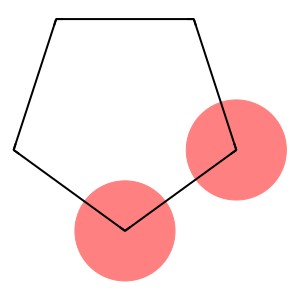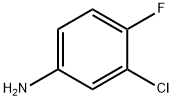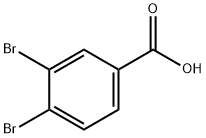4-Methoxybenzyl alcohol(CAS#105-13-5)
| Risk Codes | R22 – Harmful if swallowed R36/37/38 – Irritating to eyes, respiratory system and skin. R63 – Possible risk of harm to the unborn child R62 – Possible risk of impaired fertility R41 – Risk of serious damage to eyes R37/38 – Irritating to respiratory system and skin. R20/21/22 – Harmful by inhalation, in contact with skin and if swallowed. |
| Safety Description | S26 – In case of contact with eyes, rinse immediately with plenty of water and seek medical advice. S36 – Wear suitable protective clothing. S45 – In case of accident or if you feel unwell, seek medical advice immediately (show the label whenever possible.) S36/37/39 – Wear suitable protective clothing, gloves and eye/face protection. |
| UN IDs | UN1230 – class 3 – PG 2 – Methanol, solution |
| WGK Germany | 1 |
| RTECS | DO8925000 |
| TSCA | Yes |
| HS Code | 29094990 |
| Hazard Note | Irritant |
| Toxicity | LD50 orally in rats: 1.2 ml/kg (Woodart) |
Introduction
Methoxybenzyl alcohol. The following is an introduction to the properties, uses, preparation methods and safety information of methoxybenzyl alcohol:
Quality:
Appearance: Methoxybenzyl alcohol is a colorless liquid that can be scented.
Solubility: Methoxybenzyl alcohol is less soluble in water, but it is soluble in most organic solvents.
Stability: Methoxybenzyl alcohol is relatively stable at room temperature, but may react when encountering strong oxidants.
Use:
Methoxybenzyl alcohol can be used as a solvent, reaction intermediate and catalyst stabilizer in organic synthesis.
It can also be used as an ingredient in fragrances and flavors, giving products a special smell.
Method:
Methoxybenzyl alcohol can be prepared by transesterification of methanol and benzyl alcohol. This reaction requires a catalyst and proper reaction conditions.
It can also be reacted with an oxidant by benzyl alcohol to produce methoxybenzyl alcohol.
Benzyl alcohol + oxidant → methoxybenzyl alcohol
Safety Information:
Methoxybenzyl alcohol is an organic solvent and should be used in accordance with general chemical laboratory safety practices.
It may cause eye and skin irritation, and protective glasses and gloves should be worn during handling.
If inhaled or accidentally ingested, seek medical attention immediately and provide the package or label to your doctor for reference.








